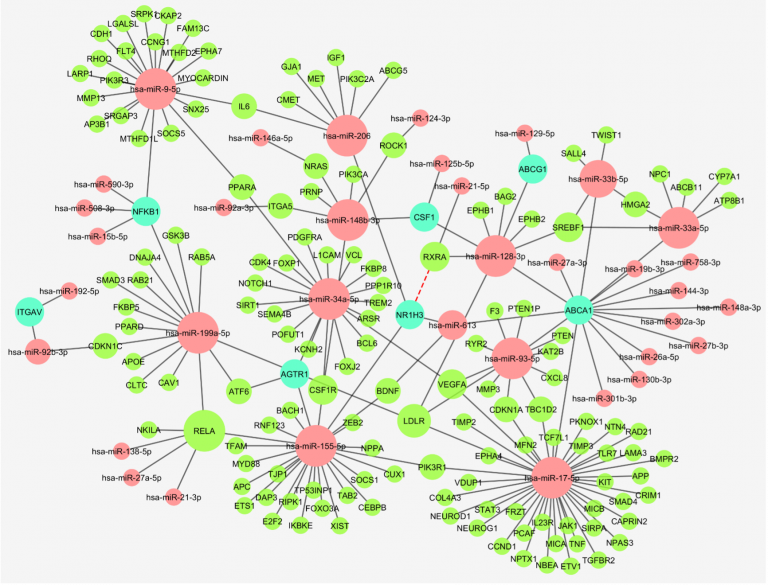Editor – Ruth Lovering
Introduction to Bioinformatics and GO workshop – 14th-15th June 2021
There are still a few places left on our popular free two-day workshop, which is going to be an online event, please use the Eventbrite site to register, if you would like to attend. This workshop provides an overview of several biological knowledgebases, as well as an introduction to GO and functional analysis tools and Cytoscape.
Alzheimer’s Research UK grant end
The generous support of Alzheimer’s Research UK (ARUK) over the past four years has now come to an end. This funding has supported six biocurators as well as 2 software engineers and a GO editor and has enabled the team to focus on the curation of amyloid beta and tau related processes, neuroinflammation and the blood-brain barrier. The impact of this funding has been substantial with over 15,000 annotations now attributed to ARUK, of which almost 11,500 are associated with 2,000 human gene products. Our recent focus on Alzheimer’s risk genes has led to SLC24A4 (solute carrier family 24 member 4, alias NCKX4) being associated with the GO terms: ‘olfactory nerve maturation’ and ‘cone photoresponse recovery’, amongst others.
Annotation progress
In total the UCL functional gene annotation team has submitted over 74,600 annotations to 9,900 distinct gene products, through the review of over 7,700 articles. Of these 51,500 are associated with 5,600 human gene products. The downside of this annotation achievement is the amount of annotations that need to be reviewed as the GO Consortium changes its guidelines on annotation practice. Since March I have updated 2,000 annotations. However, there are still 200 more annotations to review to change annotations using the GO term ‘transcription factor binding’ as the GO Consortium has agreed that this term should not be used for direct annotation.

Meetings attended
In April, Kan Yan Chloe Li presented her poster on GOing forward with the cardiac conduction system using Gene Ontology at the annual 4-year BHF PhD Student Conference (16th April 2021), virtually hosted by Queen Mary University of London. This was an invaluable experience for her, and she thoroughly enjoyed this opportunity to learn from other BHF PhD students’ presentations, network, and disseminate our work achieved from the three-month annotation project.
Ruth and Kate attended a virtual GO Consortium meeting, in May. Kate presented the view of 18 previous students on the usefulness and enjoyability of the GO annotation projects they had undertaken. Fortunately, the students were very happy with the skills they had gained and the majority were interested in being registered as biocurator volunteers. Hopefully, I will have time to establish a volunteer annotation group.
 Close
Close

